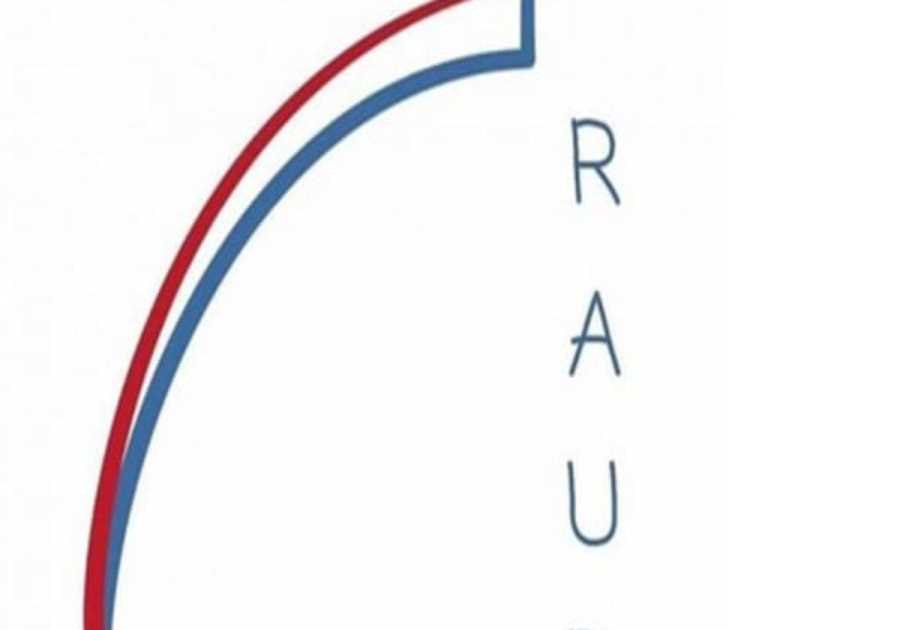The job that dictates the look—and safety—of our built environment is taking a hit from the One Big Beautiful Bill Act.
In an effort to rein in the ballooning student loan debt crisis—which has now reached $1.75 trillion—and cut federal spending, President Trump’s One Big Beautiful Bill Act (OBBBA) is taking a hatchet to architecture students’ ability to borrow money to finance their education. In early November, the U.S. Department of Education revised its rulemaking based on the OBBBA, with potentially disastrous results: The Grad PLUS loan will be eliminated, and federal loans for graduate students will be capped based upon their degree program—whether they are considered "professional" or…otherwise. Architects have taken note, as their professional standing no longer qualifies them for the now-expanded loan cap.
Starting in July of 2026, the new ED rules state that those seeking a "professional" postsecondary degree in one of 10 designated programs (including doctorates or masters in certain medical fields, law, veterinary science, and theology) will have an annual borrowing cap of $50,000, with a lifetime maximum of $200,000. For all others, including those pursuing a postsecondary degree in architecture, graduate loans will max out at $20,500 each year, with a lifetime maximum of $100,000.
What does "professional" mean exactly? According to USA Today, the definition of a "professional" degree was based on a 1965 federal regulation for institutional eligibility under the Higher Education Act, yet another example of the administration combing the law books to find ways to bend the country’s future to their will. While the article notes that the list of 10 programs was not meant to be exhaustive, the Department of Education has adopted this definition to the letter. Architects are a licensed profession, yet they are notably "deprofessionalized" under the new rule. In a recent statement, the American Institute of Architects opposed the new rules, and stated that this could result in further limitations on who gets to practice architecture.
Architects and designers-to-be will note that there are many paths to the profession, depending on the school one attends and the state in which one will practice. According to the National Council for Architectural Registration Boards (NCARB), obtaining a license to practice architecture requires that certain education requirements are met; those requirements are set by the state. Most states require a degree from a program that has been accredited by the National Architecture Accrediting Board (NAAB), and while some five year Bachelors of Architecture degrees meet that requirement, many institutions only offer a NAAB-accredited master’s program. But the costs of these programs—not just tuition, but in fees, supplies, and more—are often opaque.
I covered the topic of student loan debt in architecture programs a few years ago for the New York Review of Architecture; in more than 25 interviews with licensed and unlicensed architects, what I found was a cadre of professionals with a vast array of debt, ranging from $60,000 to $200,000—well above the updated loan cap. Some interviewees reported pricey software subscriptions, the cost of supplies, and extra fees lumped onto per-credit hour tuition—all which amounted to soaring, yet inconsistent, debt. This, alongside very few surveys or studies across bachelors and masters programs overall, leads to little comprehensive knowledge of just how much it costs to attend a NAAB-accredited program. It’s that opacity, says the Foundation for Equal Opportunity Research, which has caused tuition dollars to increase even further. Without making public the total cost of an education, universities effectively eliminate market competition, the report continues.
Adding to the problem are the costs associated with hiring administrative staff and expanding college facilities, all which have contributed to the skyrocketing cost to attend college. The Education Data Initiative reports that the total cost has increased at an annual rate of 4.36 percent annually—faster than both wage and currency inflation. Perhaps limiting the amount students can borrow is a strategy to induce universities to reduce tuition and, as the Department of Education Under Secretary of Education Nicholas Kent said in their statement, "better align higher education with workforce needs," but more likely it will restrict precisely who gets to attend university.
Though the American Institute of Architects couldn’t be reached for further comment, in their statement opposing these loan changes, they wrote, "Lowering the loan cap will reduce the number of architects who can afford to pursue this professional degree and harm American leadership in this field." The architecture profession has long lamented its insularity: As early as 1968, when Whitney Young Jr. spoke to the American Institute of Architects in a cutting indictment of architects’ complicity in racial discrimination, the field has struggled with expanding its credentials to new, diverse practitioners. Women and people of color are notably less represented in the field, and while their numbers have improved since 1968, the field still struggles to attract—and properly fund—those individuals.
Unless universities take drastic measures to reduce their cost of attendance (which would require them to dramatically reduce their expenses), even a middle-income student might find themselves locked out of the opportunity to build a stable career. The new rules aren’t just limited to architects, either—nurses, K-12 educators, engineers, social workers, and myriad other professions that require some amount of advanced education have also been exempted from the expanded cap. Students will be forced to seek outside funding, like from private loans with variable interest rates, or opt out of these professional programs altogether. Though President Trump has seemed to admire the work done by architects (particularly as he builds his White House palace), his administration is unwilling to acknowledge the incredible work—and unfortunate cost—associated with ensuring the health, safety, and welfare of the public.
Top photo by Marco VDM via Getty Images.
Related Reading:
The Real Homes of Real Architects
Is Trump’s White House Immune to the Construction Crisis?
Read More
By: Anjulie Rao
Title: Why It Matters That the Trump Administration Is Declassifying Architects as "Professionals"
Sourced From: www.dwell.com/article/what-it-means-that-the-trump-administration-is-declassifying-architects-as-professionals-9abfd1eb-b6f2b1df
Published Date: Tue, 25 Nov 2025 19:14:00 GMT
Did you miss our previous article...
https://trendinginbusiness.business/real-estate/how-they-pulled-it-off-a-park-slope-townhouse-with-a-dramatic-array-of-not-normal-stone
.png)





